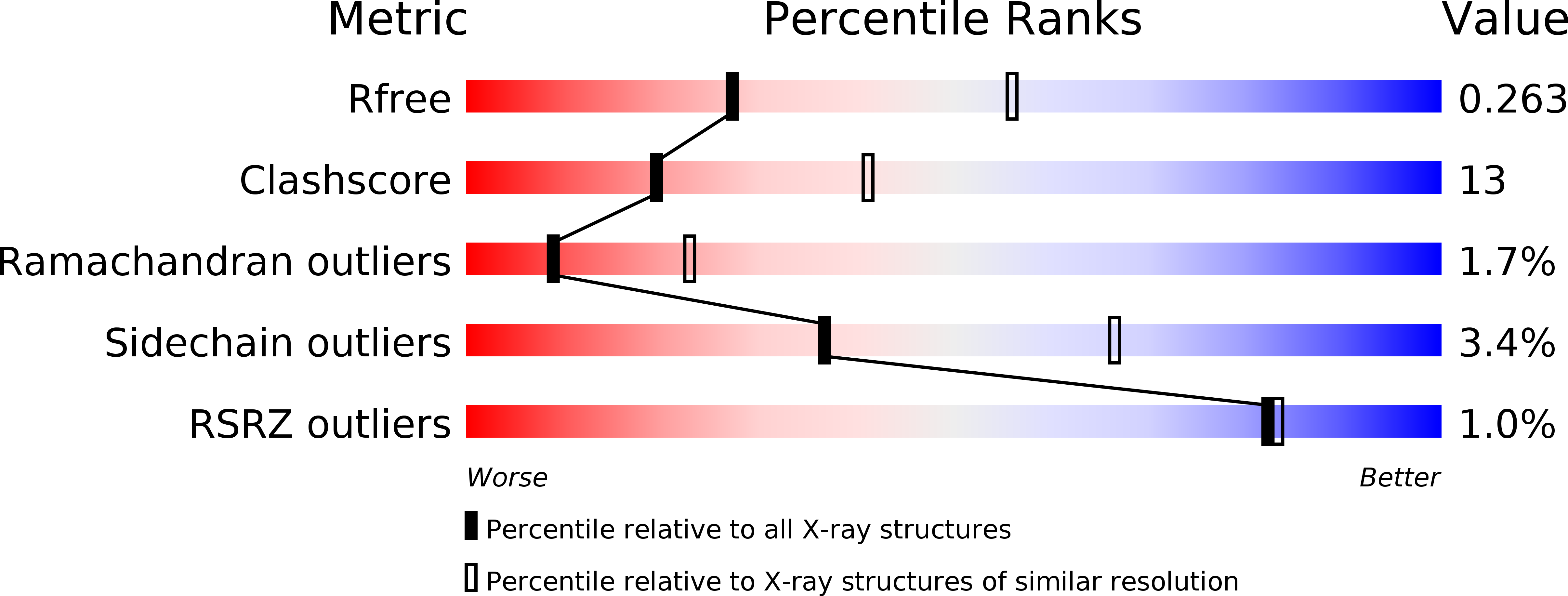
Deposition Date
2007-09-19
Release Date
2008-03-25
Last Version Date
2024-02-21
Entry Detail
PDB ID:
2RC6
Keywords:
Title:
Refined structure of FNR from Leptospira interrogans bound to NADP+
Biological Source:
Source Organism:
Leptospira interrogans (Taxon ID: 173)
Host Organism:
Method Details:
Experimental Method:
Resolution:
2.70 Å
R-Value Free:
0.27
R-Value Work:
0.23
R-Value Observed:
0.23
Space Group:
P 1 21 1


